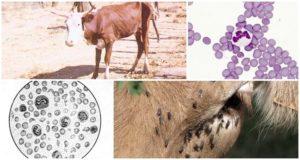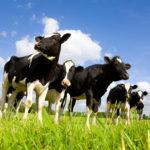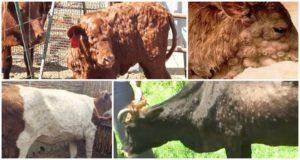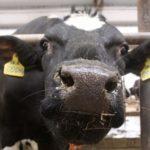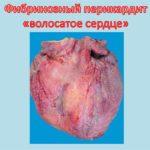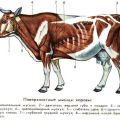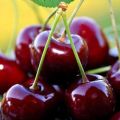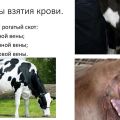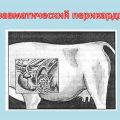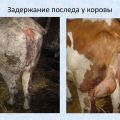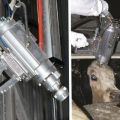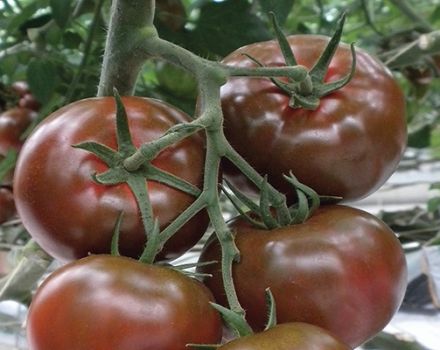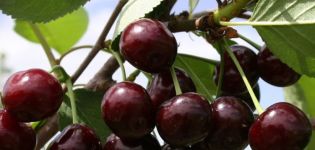Cow heart structure and how it works, possible diseases and their symptoms
A healthy heart muscle of cattle pumps thousands of tons of blood per day. It is a hollow, continuously working, cone-shaped organ located between the 3 and 6 ribs. The health of the body depends on the functional state of the cow's heart, the organ supplies oxygen, nutrients, fluid to the tissues, supports metabolism and the full functioning of internal organs.
How the heart apparatus works
The cow's heart is chambered, the muscle tissues of the chambers contract with a certain rhythm, moving blood flows along a constant path: from the venous vessels to the atria, from there to the ventricles, then to the arteries. Continuity of movement and invariability of the blood path are provided by valves. The work of an organ can be divided into three stages:
- compression (systole) - pushing out the contents of the heart cavity;
- promotion of blood;
- relaxation (diastole) - filling the cavity with blood.
In a healthy cow, these stages are replaced with a clear frequency. When the ventricles work, pressure rises inside them, the atrioventricular valves slam shut, and the semilunar valves open later. As a result, the blood leaves the heart. After the opening of the semilunar valves, the blood flows out more calmly, therefore the myocardium begins to contract more slowly.
How the heart of cattle works
In a cow, the heart consists of 4 chambers: 2 atria in the upper part, and 2 ventricles in the lower part of the organ. The inside is covered with endocardium. The upper and lower chambers are united by the atrioventricular lumens.
Atria
The atria (atrium) occupy a small part of the upper half of the heart, separated from the ventricles from the outside by the coronary groove. The structure of the chambers is simple, their main element is the scallop muscles, which, by contracting, push the blood.

The ventricles (ventriculus) are the main part of the organ by volume. The ventricular chambers are not connected, longitudinally delimited by furrows. The connection between the atria and the ventricles is provided by valves.
Valve apparatus
In the cow's heart, the atrioventricular and semilunar valves function, opening and closing in accordance with the contractile work of the ventricles and atria. The right atrioventricular valve is tricuspid, the left is bicuspid.The anatomy of the atrioventricular lumen is such that at the stage of atrial functioning, the valves are pressed against the ventricle by blood. And when the ventricles begin to function, the blood pressure raises the valves, forcing them to close the lumens. Semi-lunar pockets close the base of the arteries.
How intensely the heart contracts depends on:
- meteorological conditions;
- the age of the cow;
- the physical condition of the body.
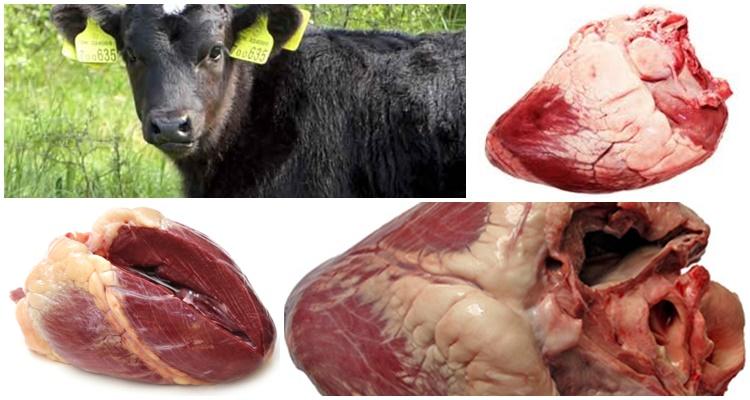
In a newborn calf, blood flows at a rate of 140 pulsations per minute. In one-year-old individuals, the indicator decreases to 100 pulsations, in adult cows - to 60.
Fibrous skeleton
Fibrous rings are adjacent to the aorta and two atrioventricular lumens. Over the years, the cartilaginous tissue covering these elements of the organ becomes thicker and thicker. Inside the rings are the left and right heart bones. In fact, fibrous formations are the skeletal base of the heart, on which muscle tissues and valves are held.
Circles of blood circulation
Like all mammals, cows have two circuits of blood circulation:
- Large - systemic. The beginning is the aorta leaving the left ventricle. End - venous vessels entering the right atrium.
- Small. The beginning is the pulmonary artery, leaving the right ventricle. The end is the pulmonary vein directed to the left atrium.
The structure of the heart and circulatory system ensures the impossibility of mixing venous (carrying carbon dioxide) and arterial (oxygenated) blood.
Vessels and nerves of the heart
Large vessels are connected by anastomoses - the smallest capillaries. Anastomoses are:
- arterial - connecting two arteries;
- venous - two veins;
- arterial-venous - connecting the artery and vein.
The functioning of the heart muscle is provided by the autonomic nervous system. The sympathetic nerves come to the heart to stimulate muscle contractions. And the parasympathetic nerves weaken the contractile work of the heart.
Pericardial sac (pericardium)
The cow's heart is surrounded by a film of connective tissue. Its task is to protect the heart from the surrounding tissues, protect it from mechanical stress, and provide conditions for uninterrupted work.

Heart wall layers
The walls of a cow's heart are composed of three types of tissue - endocardium, myocardium, epicardium.
Endocardium
Lines the inside of the heart muscle, has an unequal thickness in different places of the organ. On the left, it is denser, and most thinned in the area of the tendon strings attached to the left atrioventricular valve. The cow's endocardium consists of 4 layers:
- external - endothelium;
- subendothelial, consisting of loose connective tissue;
- muscle-elastic;
- muscular.
The fibrous endocardium of the ventricles is less pronounced than the lining of the atria.
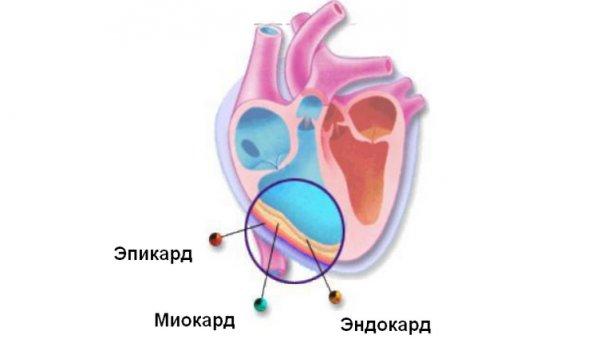
Myocardium
The muscle layer, in the thickness of which there are nerve fibers responsible for the contractile work of the heart.
Epicard
The outer shell of the cow's heart. Consists of two layers:
- external - mesothelium;
- internal, consisting of soft connective tissue.
Possible diseases
When the work of the heart muscle is disrupted, the whole body suffers: metabolism worsens, internal organs do not work correctly due to a lack of oxygen and nutrients. The well-being and productivity of the cow is significantly reduced, so farmers should be aware of the symptoms that signal cardiac pathologies that require immediate treatment.
The symptoms of myocardiofibrosis are as follows:
- swelling;
- rapid breathing;
- poorly audible pulse;
- tachycardia or arrhythmia;
- Muting pulsation tones when listening.
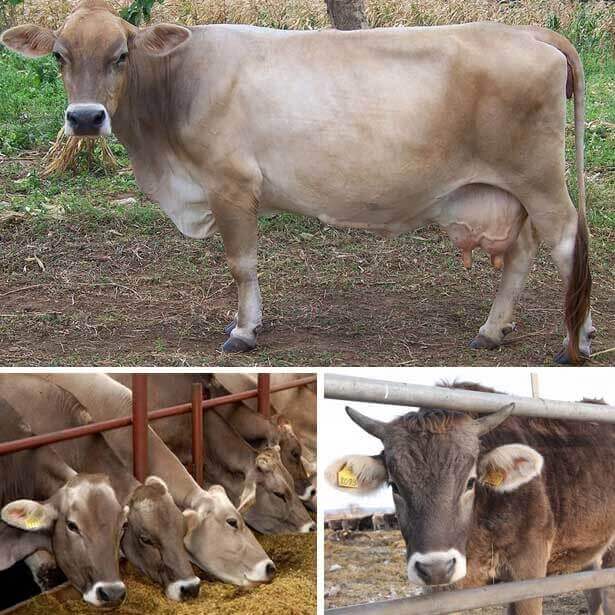
Myocardiofibrosis in cows develops for a long time, manifests itself after a few months. A sick cow should be in a warm barn, a high-quality and balanced diet is selected for her, fed in small portions several times a day. The veterinarian prescribes medicines that improve blood circulation, suppress the development of the disease.
Myocarditis is an inflammatory process in the myocardium, leading to functional disorders of the heart. The inflamed organ contracts with difficulty. Most often, the disease occurs in cows that have undergone intoxication or infection.
Symptoms of myocarditis in cattle:
- increased body temperature;
- fast pulse;
- rapid or extraordinary contractions of the heart chambers;
- poor appetite;
- high blood pressure;
- rapid breathing;
- swelling;
- blue tint of mucous membranes, skin around the nose and mouth.
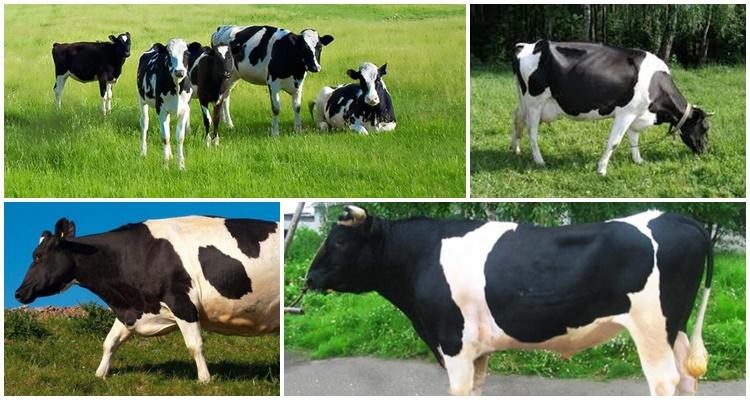
Myocarditis is a serious disease that leads to disruption of the functional state of many internal organs. A sick cow should be kept warm and dry, fed in small portions, and given water warmed to a comfortable temperature. The veterinarian identifies the cause of the pathology, prescribes medications that extinguish the inflammatory process, normalizing the tone of the heart muscle.
Myocardosis is myocardial dystrophy. It often develops from untreated myocarditis.
Symptoms of myocardosis:
- weakening of the cow;
- failure of the rhythm of heart contractions;
- swelling;
- the cow's unwillingness to eat;
- a sharp drop in blood pressure;
- decreased muscle tone;
- bluish tint of mucous membranes and skin around the mouth and nose;
- decreased skin tone.
The sick cow is taken to a warm, dry and calm room. Provide quality food in small portions. The veterinarian identifies the cause of the pathology, prescribes medications that help stop dystrophic processes in the myocardium.

Hydropericarditis is the accumulation of serous fluid inside the pericardium without inflammation. They provoke dropsy of the pericardium or other heart diseases, or chronic insufficiency of capillary blood circulation. Signs of dropsy of the pericardium in cattle:
- swelling of the soft tissues of the jaws;
- weakening of the cow;
- fluctuations in blood pressure;
- decrease in milk yield.
The veterinarian prescribes drugs for the underlying heart pathology that provoked dropsy. He recommends diaphoretic, diuretic and iodine-containing medications to remove cavitary fluid. The sick cow is well fed and watered abundantly.
Pericarditis is an inflammation of the pericardium associated either with a postponed infectious lesion or with an injury to the heart bag. Malnourished cows are more likely to develop the disease, as their metabolism is impaired.
Pericarditis symptoms:
- weakening of the cow;
- then rising, then falling body temperature;
- poor appetite;
- rapid breathing;
- decreased productivity;
- severe tachycardia;
- swelling of the chest, neck, belly;
- cow anxiety;
- the desire to take a pose in which the chest is higher than the pelvis;
- weak ripple, clear noise when listening.
With traumatic pericarditis, therapy is useless, the cow is sent to slaughter. In case of infectious pathology, the veterinarian prescribes antibiotics, drugs to restore the work of the heart. The cow should be in a calm place, eat light food, and put cold compresses on her chest.
The heart ensures the proper functioning of the entire cow's body. It is necessary to know the anatomy of the organ and the symptoms of pathologies in order to timely identify changes that are life-threatening to the animal and begin treatment.
